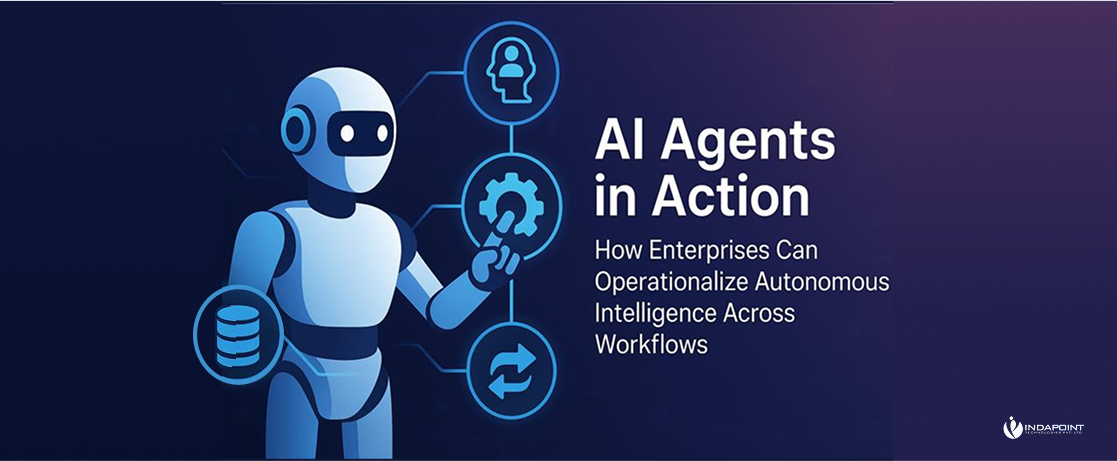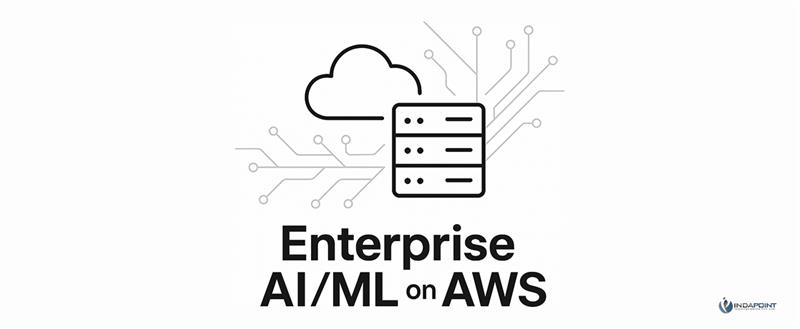Recently, rich Internet application techniques such as Ajax, Adobe Flash, Flex, and Silverlight have been developed to improve browser-based applications. These technologies allow a Web page to request an update for some part of its content and to alter that part in the browser, without needing to refresh the whole page at the same time.
Web 2.0 is like an improved version of the World Wide Web. Technologies such as weblogs (blogs), social bookmarking, wikis, podcasts, RSS feeds (and other forms of many-to-many publishing), social software, and Web application programming interfaces (APIs) advance beyond read-only Web sites. Stephen Fry (actor, author, and broadcaster), who writes a technology column in the British Guardian newspaper, describes Web 2.0 as “… an idea in people’s heads rather than a reality. It’s actually an idea that the reciprocity between the user and the provider is what’s emphasised. In other words, genuine interactivity, if you like, simply because people can upload as well as download.”
Ajax allows Web sites to mimic personal computer applications, such as word processing, spreadsheets, and slide show presentations. WYSIWYG wiki sites replicate many features of PC authoring applications. Still other sites perform collaboration and project management functions, like the well-known Writely, owned by Google, Inc. since 2006.
Web 2.0 has allowed static information-only Web sites to become interlinked computing platforms that function like locally-available software. Web 2.0 includes a social element where users generate and distribute content, often with freedom to share and re-use. This can allegedly result in a rise in the economic value of the Web as users do more online.
The sometimes complex and continually evolving technology infrastructure of Web 2.0 includes server software, content syndication, messaging protocols, standards-oriented browsers with plugins and extensions, and various client applications. These different but complementary approaches provide Web 2.0 sites with information storage, creation, and dissemination challenges and capabilities that go beyond the original Web.
Web 2.0 sites typically include some of the following features/techniques
- Rich Internet application techniques, often Ajax-based
- Microformats extending pages with additional semantics
- Cascading Style Sheets to aid in the separation of presentation and content
- Syndication, aggregation and notification of data in RSS or Atom feeds
- Weblog-publishing tools
- Semantically valid XHTML and HTML
- Folksonomies (in the form of tags or tagclouds, for example)
- REST and/or XML- and/or JSON-based APIs
- Mashups, merging content from different sources, client- and server-side
- Wiki or forum software, etc., to support user-generated content
Our Blogs: Feel the Beat of Innovation
Stay in sync with the latest in technology and business transformation.

Enterprises Deploying Generative AI at Scale: A Common Reference Architecture
Enterprises are adopting generative AI solutions at scale using a structured reference architecture comprising platform portals, automation, shared services, and governance. This architecture ensures scalability, security, and compliance across industries like finance, healthcare, retail, and manufacturing. It enables faster innovation, operational efficiency, and responsible AI deployment while addressing challenges like integration, data quality, and ethical use.
July 02,2025

AI Agents in Action: How Enterprises Can Operationalize Autonomous Intelligence Across Workflows
AI agents are transforming enterprise automation with agentic AI and multi-agent systems. From RAG chatbots to Claude agents and orchestration layers, they streamline enterprise AI workflows. Businesses can now build no-code AI tools, accelerating their business AI strategy. Operationalizing these tools empowers scalable, intelligent automation across finance, IT, and customer service—marking a new era in enterprise AI.
June 30,2025

AWS Services for AI/ML: The Definitive Enterprise Guide
Explore how AWS empowers enterprises with scalable AI/ML solutions. From data storage and model training to MLOps and edge AI, this guide covers the full spectrum of AWS services. Learn how leading companies streamline development, ensure compliance, and accelerate innovation with AWS’s powerful AI/ML ecosystem.
June 27,2025




